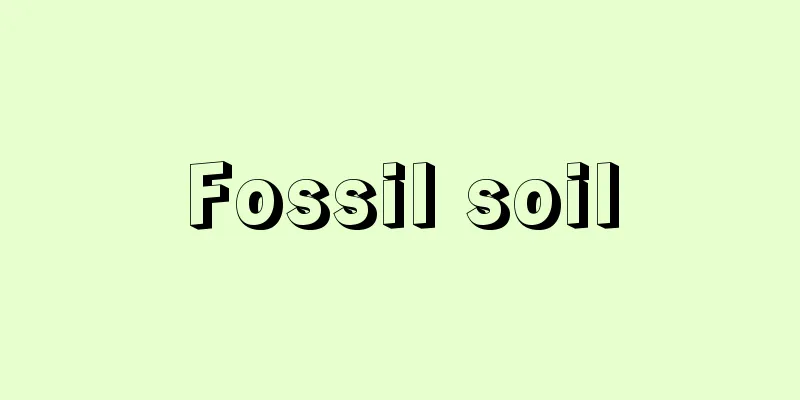Environmental hormones

|
Chemical substances contained in many industrial products such as plastics and pesticides that disguise themselves as hormones in the body and disrupt reproduction and sexual development. They are also called endocrine disrupting substances or endocrine disrupting chemicals. To date, about 70 substances, including dioxin, DDT, and PCBs, have been found to be environmental hormones. To begin with, for a hormone to function, it must first bind to a corresponding receptor in the blood. In other words, if it is a female hormone, there is a receptor in the blood that binds only to female hormones. However, environmental hormones bind to the receptors of female hormones as if they were female hormones, disrupting the natural hormone balance. The world's first alarm about environmental hormones was sounded in a paper published in the British medical journal The Lancet in 1992 by Professor Nils Skabeck of the University of Copenhagen in Denmark. Professor Scabek conducted a survey of 15,000 healthy men from 20 countries and found that sperm counts had halved over the past 50 years, and semen volume had also declined by 25%, pointing out that environmental hormones were the cause. Furthermore, many cases of animals experiencing sex reassignment or reproductive disorders due to environmental hormones have been reported around the world. According to a report compiled by the U.S. Environmental Protection Agency (EPA) in February 1997, chemicals have caused males to become female or reproductive disorders in 20 species of animals, including turtles, bears, seagulls, and seals. Sex-changed fish have also been found in several rivers in London, male eels have become female in the Seine River in Paris, and leopards with deformed reproductive organs have been found in Florida, USA. In Japan, carp with abnormally small testes have been found in the Tama River in Fuchu City, Tokyo, and female snails with developed penises and spermatic ducts have been found all over the country. In light of this situation, the need for a global research system has become a reality, and in January 1997, a workshop on environmental hormones was held in Washington, DC, USA, where the World Health Organization (WHO), the Organization for Economic Cooperation and Development (OECD), and other countries around the world presented their current status and research trends. In Japan, too, although lagging behind other developed countries, various ministries and agencies have begun to take measures. In March 1997, the Environment Agency launched a Study Group on the Problem of Exogenous Endocrine Disruptors, and in May 1998, it compiled a policy on how to deal with the problem of environmental hormones. In 1997, the Ministry of Health and Welfare began a project to examine the sperm counts of Japanese people over the long term, using a method for measuring sperm counts based on globally unified standards. The Ministry of International Trade and Industry is developing a test method for environmental hormones that can also be used in industrial testing. → Related articles Sexless couples | Parathion Source : Heibonsha Encyclopedia About MyPedia Information |
|
プラスチックや農薬など多くの工業製品に含まれ,生体のホルモンになりすまして生殖や性の発達を攪乱(かくらん)する化学物質。〈内分泌攪乱物質〉〈内分泌攪乱化学物質〉ともいう。これまでに,ダイオキシン,DDT,PCBなど約70種類の物質が環境ホルモンであることがわかっている。 そもそも,ホルモンが機能を果たすには,まず血液中でそれに対応する受容体(レセプター)と結びつく。つまり,女性ホルモンであれば女性ホルモンのみに結びつく受容体が血液中に存在しているのである。しかし,環境ホルモンはあたかも女性ホルモンであるかのように,女性ホルモンの受容体に結びついて,本来のホルモンバランスを狂わせてしまう。 世界で最初に環境ホルモンへの警鐘を鳴らしたのは,デンマーク・コペンハーゲン大学のニルス・スキャベク教授が1992年に英国の医学誌《ランセット》に発表した論文である。スキャベク教授は,世界20ヵ国の健康な男性1万5000人を調査したところ,過去50年間で精子の数が半減,さらに精液の量も25%減少していることがわかり,その原因として環境ホルモンとの関連を指摘した。 さらに,世界各地では環境ホルモンによって性転換や生殖障害を起こした動物の例も数多く報告されている。アメリカ環境保護局(EPA)が1997年2月にまとめた報告書によると,化学物質によるオスのメス化や,生殖障害が起きている動物は,カメ,クマ,カモメ,アザラシなど20種類におよぶ。また,ロンドンでは数ヵ所の川で性転換した魚,パリのセーヌ川ではオスがメス化したウナギ,米国フロリダ州では生殖器官が奇形化したヒョウが見つかっている。日本でも,東京・府中市の多摩川で精巣が異常に小さいコイ,全国各地で陰茎と精管が発達したメスの巻貝が発見された。 こうした現状から,世界的な研究体制が必要だとする認識が広がり,1997年1月に米国ワシントンD.C.で環境ホルモンのワークショップが開催され,世界保健機関(WHO)や経済開発協力機構(OECD)のほか,世界各国から現状と研究動向が発表された。 日本でも,他の先進国に遅れながらも各省庁が対策に乗り出している。環境庁は1997年3月,〈外因性内分泌攪乱化学物質問題に関する研究会〉を発足させ,1998年5月には環境ホルモン問題への対応方針をまとめた。厚生省は1997年から,世界的な統一基準による精子数の計測方法で,日本人の精子数を長期的に調べるプロジェクトを開始した。通産省では,工業界の検査にも使えるように,環境ホルモンのテスト方法を開発している。 →関連項目セックスレス夫婦|パラチオン 出典 株式会社平凡社百科事典マイペディアについて 情報 |
Recommend
Machine oil - Mashinyu (English spelling) machine oil
A type of lubricant, also called machine oil. Con...
Aligarh (English spelling)
A commercial city in the western part of Uttar Pra...
Nagato [city] - Nagato
A city in western Yamaguchi prefecture facing the ...
Omega Nebula
A large emission nebula in Sagittarius (M17, NGC6...
Silicon resin (silicone resin) - keisojushi (English spelling) silicone resin
An organosilicon polymer. It is also called silico...
Yoshitaka Kuki
Year of death: October 12, 1600 (November 17, 1600...
NBI
narrow band imaging Source : Internal Medicine, 10...
Yumeno Kyusaku - Yumeno Kyusaku
Born: January 4, 1889 in Fukuoka [Died] March 11, ...
"Kibunjitsudenchojaeitaikagami" - Kibunjitsudenchojaeitaikagami
...The deeds of Kibun were also recorded in essay...
Soni [village] - Soni
A village in Uda County, eastern Nara Prefecture. ...
Silane
In the narrow sense, it refers to SiH 4. It is al...
Surrealism - le surréalisme
It is translated as surrealism. It refers to the ...
General welfare - Ippan no fukushi
...Since ancient Greece, it has been one of the f...
Augsburg Cathedral - Augsburg Cathedral
...The old town suffered heavy damage during Worl...
Amphiphila
...Garden grasses are also grasses of the grass f...







![Koga [town] - Koka](/upload/images/67cb83a52e047.webp)

